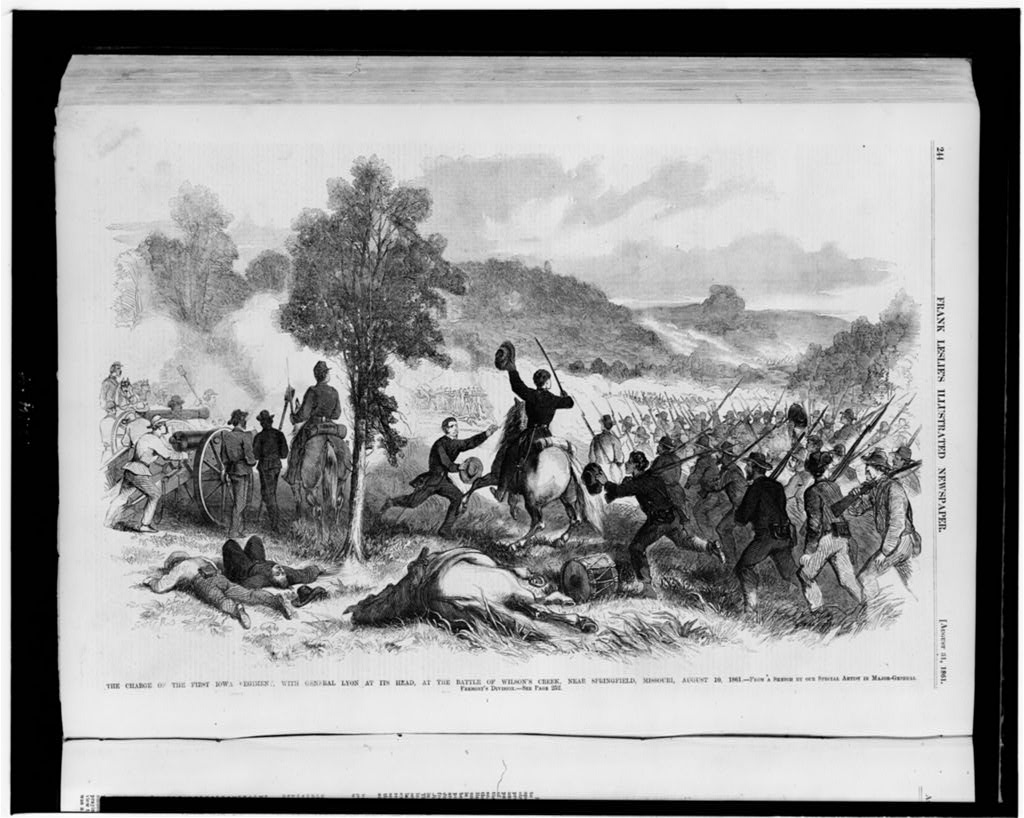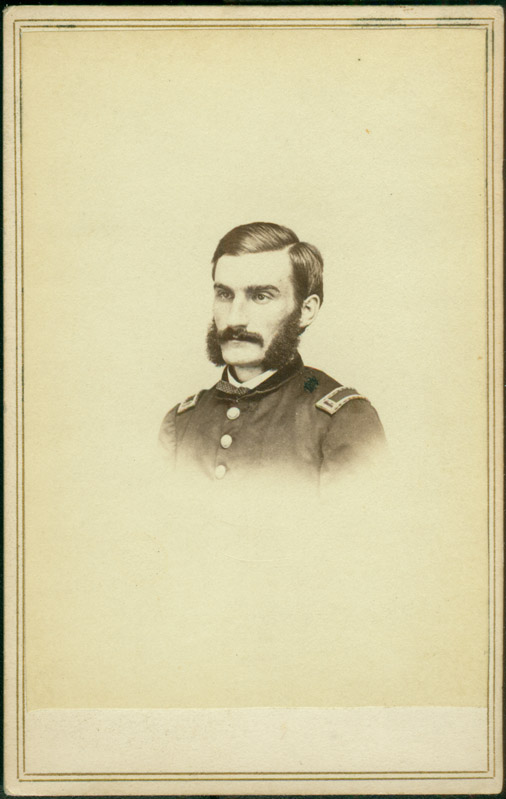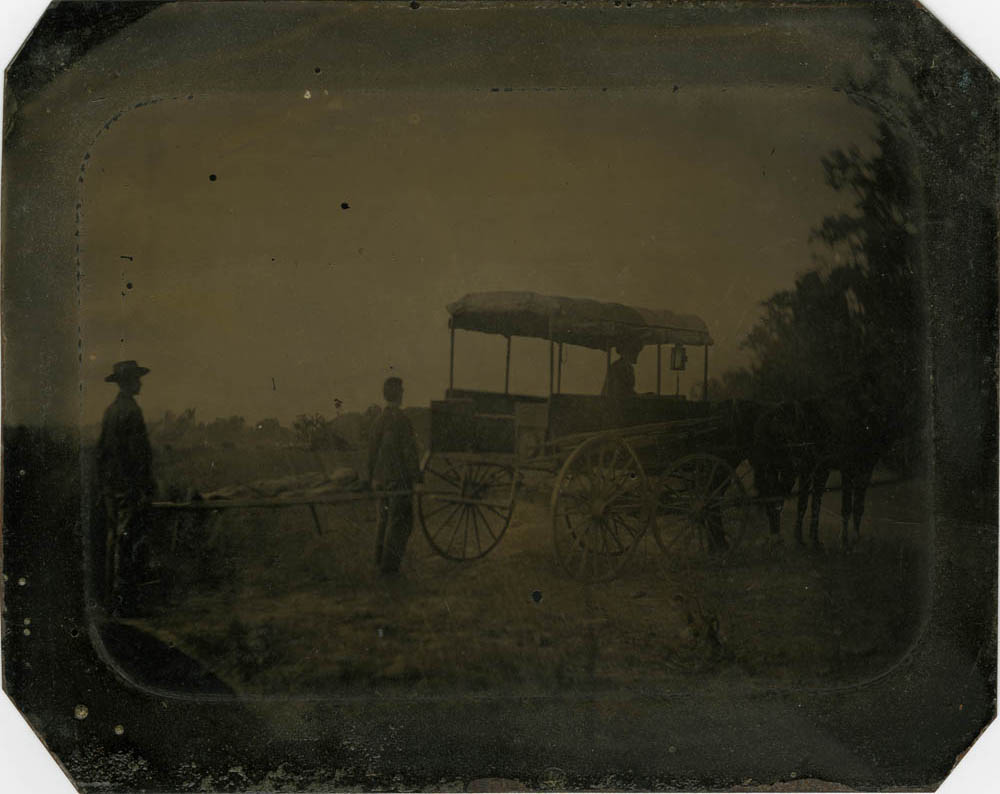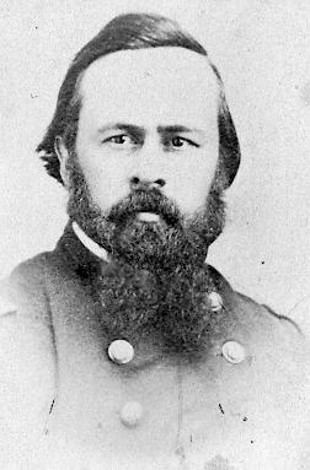Table of Contents
Museum members support scholarship like this.
Assistant Surgeon Philip C. Davis of the US Army looked at the chaotic situation around him in Springfield, Missouri on August 11, 1861 and saw the bloody result of civil war. “The churches, hotels, court house, and nearly all of the private dwellings were filled with wounded of both sides,” he wrote.[1] The previous day, a battle raged outside of town on the banks of nearby Wilson’s Creek resulting in 1,800 wounded and over 550 dead between US and Confederate forces. For many of the wounded, their sad ordeal had only just begun.
Despite the fact that both armies had been vying for control of Missouri for months, the Battle of Wilson’s Creek was the first major engagement in that part of the country. In the Civil War’s early days, Federal soldiers sparred with a secessionist militia unit called the Missouri State Guard for control of the strategically important state of Missouri. With access to both the Missouri and Mississippi rivers, a Federal arsenal in St. Louis, manpower, and natural resources, it was vital to the Union cause that Missouri not fall under Confederate control. Union forces commanded by Nathaniel Lyon secured the majority of the state throughout May, June, and July of 1861. By mid-July, Lyon’s men had outmaneuvered the Missouri State Guard to the southwest corner of the state, near Springfield, in the hopes that a decisive battlefield victory would lead to complete control of Missouri for the Union.
When General Lyon’s entire 5,000-man force gathered outside the city, outbreaks of typhoid fever and dysentery appeared in the camp. In the early days of the Civil War disease commonly spread rapidly in camps. It was the first time that large numbers of soldiers gathered together, and many had never been exposed to epidemic diseases like smallpox or measles before. The results were often deadly. The number of sick quickly outpaced the army’s available hospital accommodations, so the unfinished court house in Springfield was designated for that purpose. Assistant Surgeon Davis was assigned to care for the sick there – a place, unbeknownst to him, where he would be stationed for months caring for wounded men torn apart by battle.

As the armies prepared to fight near Springfield, the lack of ambulances began to concern the medical departments. Each army only had a handful available, and they weren’t yet organized into an official Ambulance Corps. Both generals had plans to surprise each other on the morning of August 10, 1861, but rain the night before postponed the Confederate movement. Southern soldiers awoke 5:00 AM to the sound of gunfire all around them. The Battle of Wilson’s Creek had begun.
Neither side had a Medical Director to organize the casualty response. Direction from higher ranking medical officers could have saved many lives. As it was, when the shooting started, individual surgeons sprang into action as they saw fit. Assistant Surgeons Havilah Mowry Sprague and E.L. Patee of the 1st Kansas set up a field dressing station in a ravine behind the northern portion of the Union line, near where the park visitor center stands today. In addition to being sheltered in the ravine, they chose the location because there was an offshoot of Wilson’s Creek which passed through the low spot providing access to an abundance of water. The sheltered nature of the area made it a logical place for wounded to seek shelter while leaving the front line. The wounded who could walk went there for stabilizing medical care.[2]

Surgeon W.H. White of the 1st Iowa was also on the field on the reverse slope behind his regiment tending to wounded soldiers brought to him by their comrades. No operations were conducted at these dressing stations. Rather, they stabilized the wounded by stopping the bleeding and performing triage. Though there were few ambulances available on the day of the battle, medical personnel prioritized those who would be sent further behind the lines to more established hospitals, such as the court house, where surgeries were being performed.

By mid-day, General Lyon lay dead on the field, and the Union army had been driven from the field. On August 11 they began a retreat to St. Louis, taking 200 wounded with them. They left the town of Springfield, and many more wounded, to the Confederates. Surgeon E.C. Franklin was left in charge of the Union wounded who remained in Springfield (500-600 strong) with the help of Surgeon S.D. Smith, and Assistant Surgeons Philip C. Davis and Samuel H. Melcher.
Not long after the Union army vacated the area, Confederate forces came into town to set up their own hospitals. According to surviving records, Confederate medical personnel seized most of the Federal medical supplies for their own wounded, leaving the Union surgeons with only a small quantity of supplies. Surgeon Franklin was forced to purchase necessary medicine, spending $5,000 for the purpose. Between the armies and the local merchants, there did not appear to be a lack of medical supplies, despite being in a relatively rural part of the country. Surgeons reported having plenty of chloroform to use as anesthesia in operations, splints to set broken bones, calomel, opium, and other medicines.
In addition to caring for the wounded already filling every available space in Springfield, the Federal surgeons focused on providing care to the Union soldiers still on the field desperately awaiting help. It took five to six days to recover all the wounded Union soldiers who lay on the field – owing mostly to the lack of available ambulances.
The extensive time it took to bring the wounded in from the field had dire consequences for those left behind. Assistant Surgeon Melcher reported that the wounded brought in from the field were “swarming with maggots.” Insects were a nuisance in the hospital, too. “The flies were exceedingly troublesome after the battle, maggots forming in the wounds in less than an hour after dressing them, and also upon any clothing or bedding soiled by blood or pus.”[3] Melcher ultimately rid himself and his patients of these pests by sprinkling calomel (a mercury-based medication) on the open wound.

If there were any lessons to be learned from Wilson’s Creek, they were the importance of a well-trained ambulance corps and medical leadership. Assistant Surgeon Sprague complained about the lack of an appointed Medical Director within the Federal forces operating in Missouri. “The regiments had no community of action or feeling,” Sprague wrote. “Had the commanding general designated an officer of rank as his medical director, there could have been no reason why nine-tenths of the wounded could not have been cared for and sent to general hospital by the time our forces retreated.”[4] Over the course of the conflict, medical evacuation and leadership improved dramatically. The experience of medical personnel at Wilson’s Creek provided evidence about the importance of ambulances and a medical director. Failures like the Federal medical response to the Battle of Wilson’s Creek occurred frequently in the chaotic first year of the Civil War.
Once all the soldiers had been retrieved from the battlefield, the days slipped into weeks for the exhausted surgeons of the US Army. On September 7, Surgeon Franklin left to rejoin the main Union force at St. Louis (a journey of over 200 miles), presumably with patients who were recovered enough to move. On September 20, Assistant Surgeons Smith and Davis left Springfield with about 50 patients leaving Assistant Surgeon Melcher with the remaining 209 sick and wounded. Over the month of October, he sent 150 on their way to St. Louis. Finally, on November 11, Melcher took the remaining wounded via wagon train to St. Louis, arriving on November 19. The medical response to the Battle of Wilson’s Creek was finally over. It took more than three months, illustrating perfectly that the bloody consequences of a Civil War battle lingered long after the guns fell silent and the armies moved on to new battlefields.
Learn more on this subject with John Lustrea, the post’s author
Want to learn more? Follow us on Facebook and Twitter to discover more stories from Civil War medicine!
Become a museum member and support our educational programs and research like this.
Endnotes
[1] The Medical and Surgical History of the War of the Rebellion (Washington, D.C.: Government Printing Office, 1870-1888), Appendix to Vol. 1, Pt. 1 (report of Philip C. Davis), 15.
[2] Medical and Surgical History, Appendix to Vol. 1, Pt. 1 (report of H.M. Sprague), 16.
[3] Medical and Surgical History, Appendix to Vol. 1, Pt. 1 (report of S.H. Melcher), 18.
[4] Medical and Surgical History, Appendix to Vol. 1, Pt. 1 (report of H.M. Sprague), 17.
About the Author
John Lustrea is the Education Coordinator at the National Museum of Civil War Medicine. He earned his Master’s degree in Public History from the University of South Carolina in 2017. Mr. Lustrea previously worked at Harpers Ferry National Historical Park during the summers of 2013-2016.


